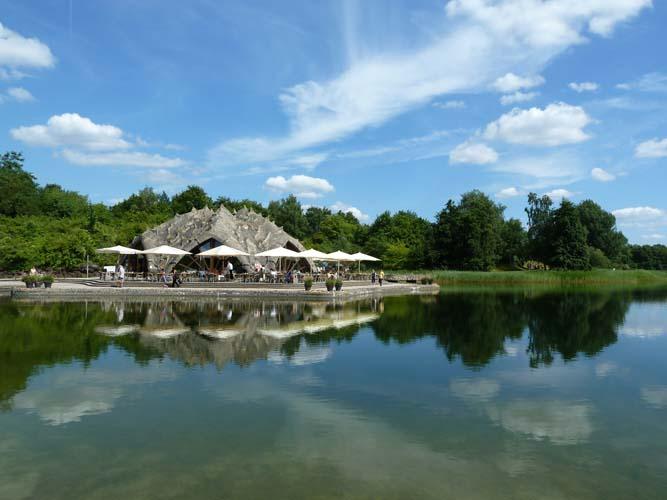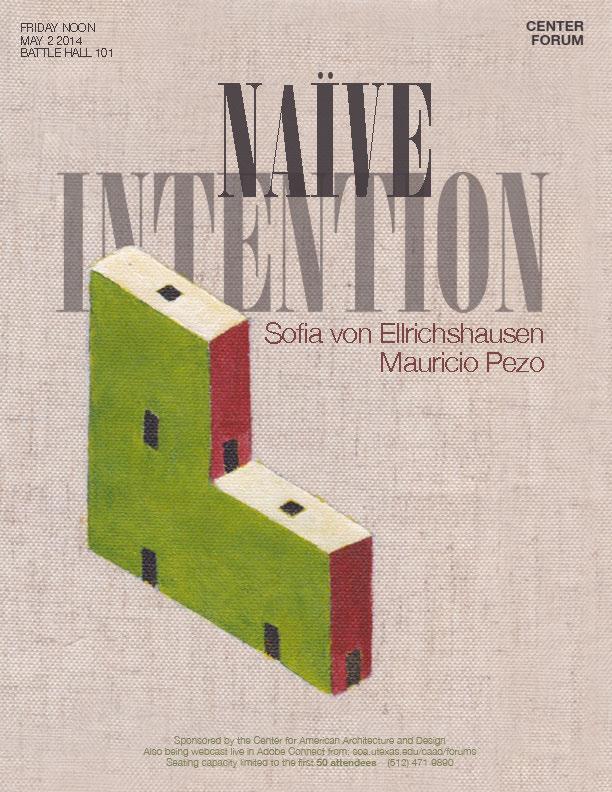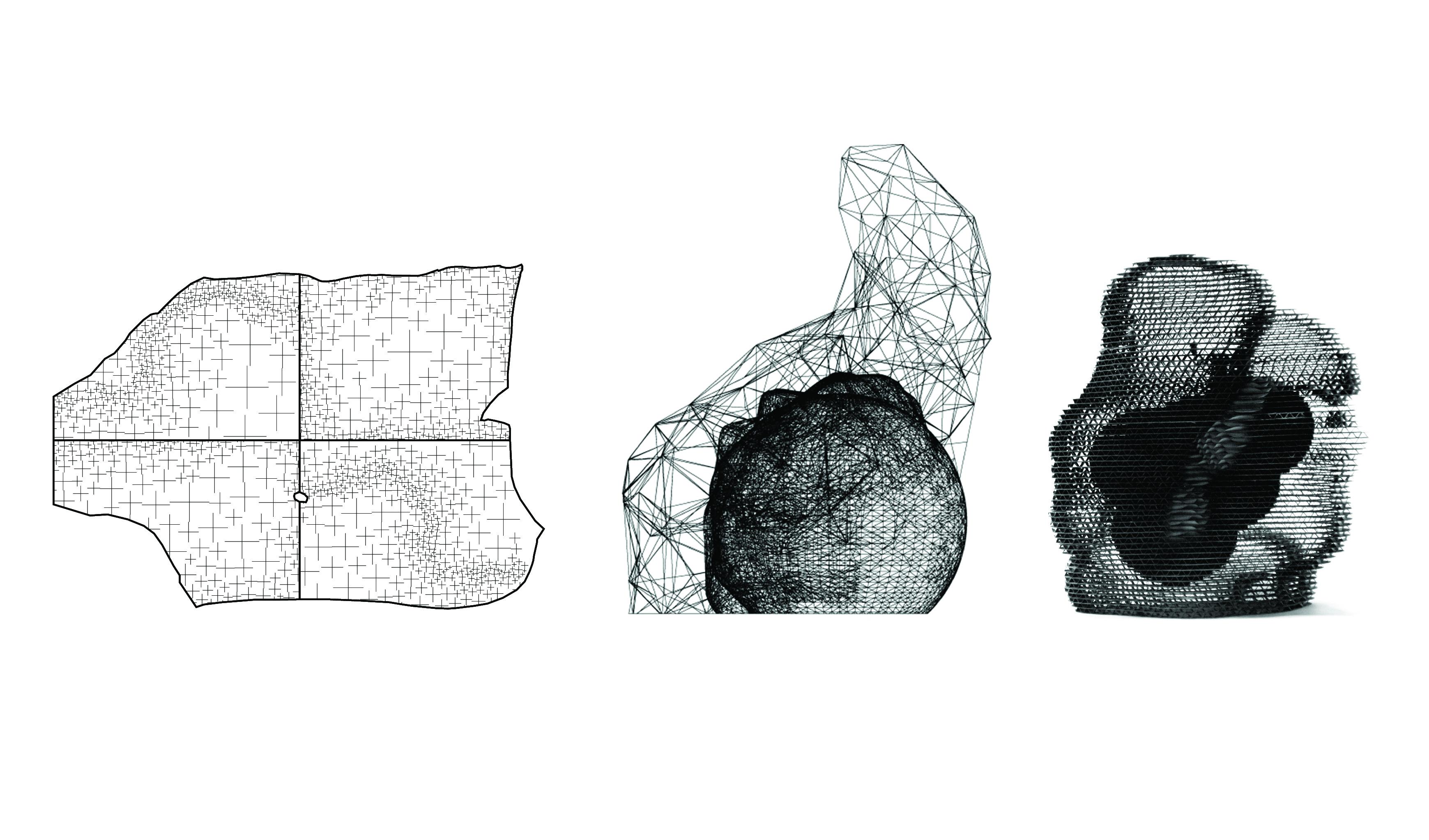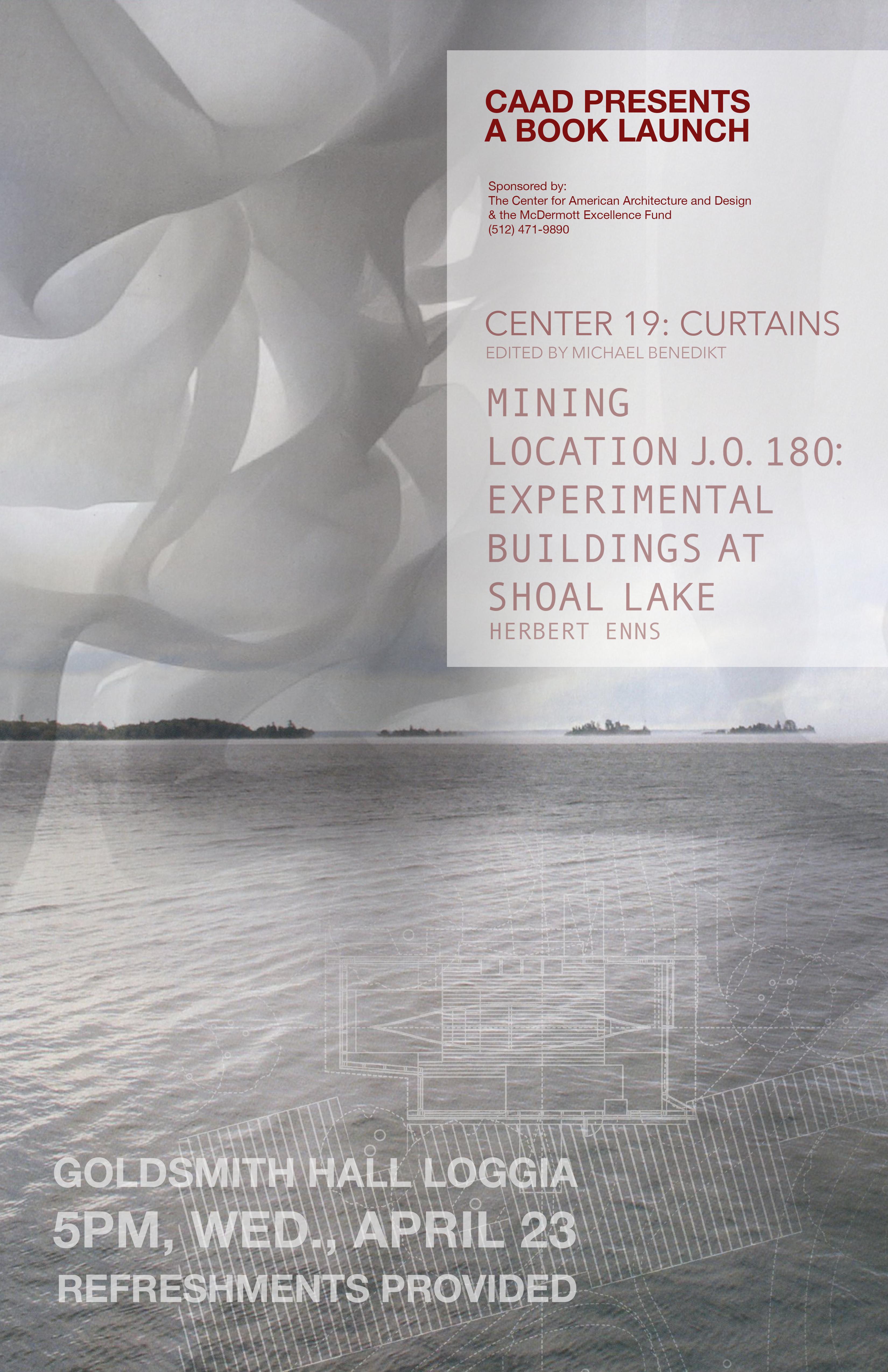
The Fall 2014 Visual Resources Collection exhibition showcases Postwar Landscapes: Berlin Green Places. In summer 2013, UTSOA Landscape Architecture student William Niendorff spent ten weeks documenting over ninety landscape sites in Berlin, Germany. The images in the exhibition highlight vital green places nearly seventy years after World War II. Niendorff traversed the city documenting the twelve administrative districts and photographing spatially and sociologically significant sites.

Galleries, museums and exhibitions spaces are created to house what we commonly think of as invaluable, irreplaceable works of art. These spaces are in fact sites for the transference of ideas, ideas that are reliant on art objects to be brought into our consciousness. Teachers, docents and guides play key roles in this process.

Lance Hosey, FAIA, LEED AP

On Friday, May 2, the Center for American Architecture and Design hosted Sofia von Ellrichshausen and Mauricio Pezo as part of the Friday Lunch Forum series. They presented "Naive Intention."
FRIDAY LUNCH FORUM
Warsaw is one of the greenest capital cities in Europe. It was rebuilt after World War II with abundant parks, squares and gardens. Most of the unique green infrastructure is situated along the corridor of the Vistiula River. This area includes nine urban nature preserves, 3000 acres of allotment gardens and 20,000 acres of urban forests. In addition to their ecological functions, this green infrastructure network is also valued for its contribution to hydrologic systems and climate resilience.

AMBIGUOUS OBJECTS
Assistant Professor Igor Siddiqui
Prototype seminar, Spring 2014

Please join us on April 23 at 5pm in the Goldsmith Hall Lobby to celebrate the release of CENTER 19: Curtains and Centerline 8: Mining Location J.O. 180: Experimental Buildings at Shoal Lake. Refreshments provided. Discounted copies, signed by contributors available.
The emergence of complexity theory has shifted the conceptualization of form from the macro scale to a concern for the operation of the complex systems that underlie formation. This inherently organizational understanding of form has been the basis for this design research and the development a behavioral design methodology. This behavioral approach draws from the logic of swarm intelligence and operates through the self-organization of multi-agent systems.

